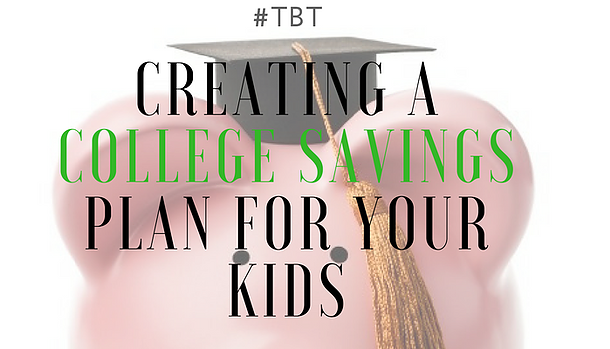
It was brought to my attention that I ought to write a piece to help some of my peers with this struggle…
Many Millennials are starting families, and even though their kids are facing an uncertain monetary future when it comes to retirement, the least that parents can do is insure that they have enough money saved for college. The trouble is that many Millennials are already facing a massive amount of debt themselves; so how can they possibly back-pay for their own education AND the eventual education of their own kids?
Consider these rather shocking statistics today:
-
62% of college graduates will have a student loan debt averaging $27,236, totaling $101 billion nationwide (Student Monitor) – This number just keeps growing; the total amount of student loan debt today is closing on well over $1 trillion, and much of it will be insolvent.
-
More than half of all college students have accumulated over $5,000 in credit card debt while in school, and one-third have more than $10,000 debt on credit cards (Sallie Mae) – There is virtually no financial literacy taught in high school, so students are not at all prepared to handle the costs associated with college. Books, tuition, room & board, plus all travel and food — it adds up while in college so many get a ton of credit card debt on top of student loan debt.
-
The top reason students give for dropping out of college is financial constraints (Public Agenda) – It’s sad but true; most students don’t flunk out of college. Ultimately, they simply cannot afford it and either have to wait until they can afford it again…or can simply settle for low(er)-paying jobs.
Something simply must be done today. Consider that it is FAR easier to save $8,000 each year for your kids over the course of 18 years than it is to save $40,000 each year for four years…maybe more if your child goes on to graduate school.
It’s not something that many parents think about today, but it simply must be addressed. How can you ensure that you are investing for your kids’ future today?
The most obvious method is of course the 529 College Savings Plan.
More than 30 US states offer some sort of 529 college savings plan and this is how it works:
You typically invest after-tax money into the plan, and you’re then allowed to withdraw the funds (plus investment gains) tax-free for use toward qualified education expenses, such as college tuition and books. Each state’s plan offers various investment options, annual fees, and operating costs. Contribution limits vary, but tend to be quite high compared to Roth IRAs.
However, if your child doesn’t end up going to college, you may face fees and tax penalties when withdrawing the funds, though you can often transfer the account to another beneficiary. You can usually begin contributing in small increments, but, depending on the specific 529 plan, you may only be able to make a change to your account once a year. More info can be found at The Simple Dollar…in addition to these…
Here are 6 more General College Savings Tips:
-
Start early: Saving $50 per month from the day a child’s born could give you $20,000 by the time he or she turns 17, assuming a 7% return on investment, according to Finaid.org. However old your children are, if you want to help fund their college education, start saving. It is never too early, or too late, to start saving for your child’s college.
-
Keep big account balances in your name: A student doesn’t lose any financial aid if they have $3,000 or under in a checking or savings account, according to Bankrate. But 20 cents is subtracted from every dollar above that $3,000 mark. So a symbolic savings account in their name is fine for birthday checks and the like, but if an account starts accumulating some serious cash, leave it in your name.
-
Find more ways to save: Analyze your spending to see if there’s anything you can cut out to increase your savings. Finding ways to save and making cuts can really add up over time.
-
Automate your savings: The simplest way to start saving is to make it easier on yourself. See if you’re able to automatically deposit a portion of your paycheck into a 529 college account or any savings account for that matter. Enroll in Bank of America’s Keep the Change program, where your purchases are rounded up and added to a savings account, or utilize other ways to save with technology.
-
Set your savings goals: Regardless of where you are with saving for your child’s education and how long you have, create a game plan. Figure out how much you can save each month, and make goals. This will help you stay motivated and stay on track.
-
Prioritize your finances: The world doesn’t stop for college savings, nor does the rest of your financial needs. You need to pay off any debt, especially any credit cards or other high-interest debt. You also need to pay off your own student loans (if you have any), establish an emergency fund for yourself, and save for retirement as well.











Leave A Comment